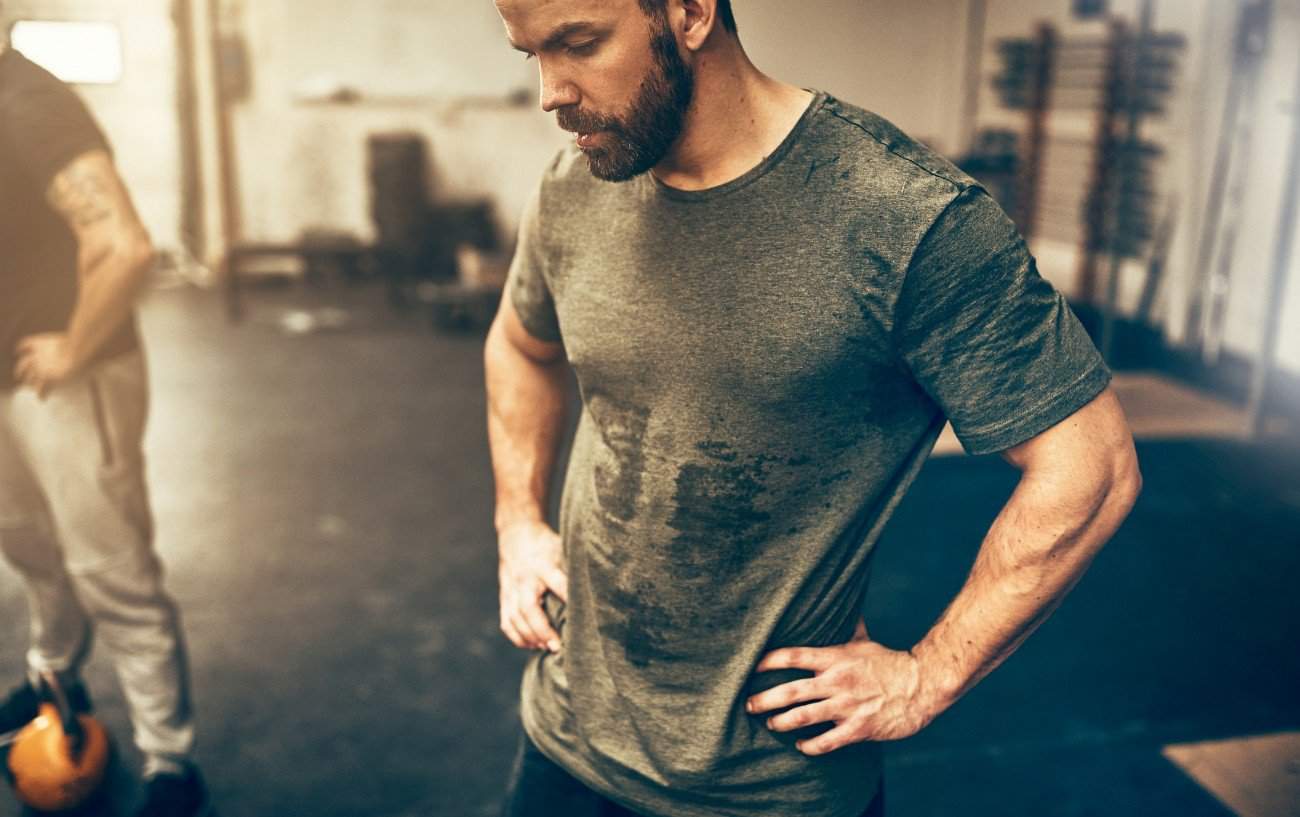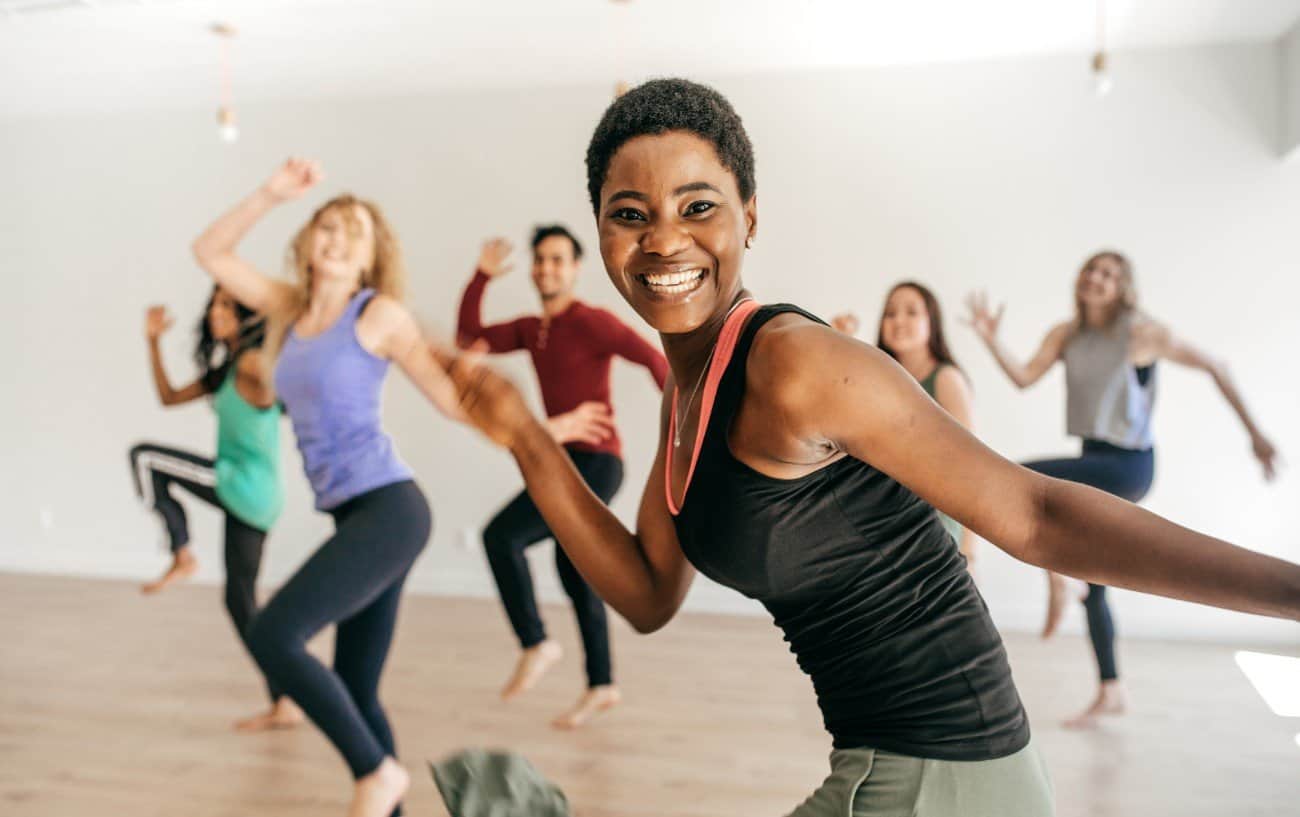There are many physical and mental health benefits of running, which is why new runners may decide to start running for any number of reasons.
For example, some beginners are interested in running as an efficient type of exercise to burn calories for weight loss or to achieve a healthy body weight.
Other aspiring runners are interested in the cardiovascular health benefits of running, given the fact that aerobic exercise can reduce the risk of heart disease, obesity, type 2 diabetes, hypertension, and other lifestyle diseases.
Another common goal or motivation to begin a running training plan is to increase bone density and strengthen the leg muscles or build muscle in the glutes, hamstrings, calves, quads, and other lower body muscles.
But, there is a lot of confusion centering around the question, “Does running tone your legs?” and whether you can build muscle by running like you might with strength training exercises.
The short answer is yes, running can play a part in toning your legs.
In this guide, we will discuss what muscle tone means, how to get “toned legs,“ the muscle groups strengthened by running, how to build muscle running, and other key components to muscle toning workouts.

Does Running Tone Your Legs?
Before we look at whether running can get you the toned legs you are hoping for, let’s discuss what muscle tone entails and what most people think of when they envision “toned legs.”
Muscle “tone” generally refers to the amount of visible muscle definition you have and the firmness and feel of your muscles.
Generally, having “toned legs from running” means having visible muscle definition even without flexing your legs.
You may see a teardrop shape in your quads, two-headed attachment points in your calves that taper down to the Achilles tendon, and possibly even different bundles of muscles in your hamstrings.
Your glutes, or the muscles that comprise your butt, will also be sculpted rather than flat or flabby.

Although people may use the term “runner’s legs” as if referring to one specific physique, as mentioned, runners come in all shapes, sizes, skin tones, gender identities, and body weights.
Thus, there is no universal look for a runner’s legs.
Furthermore, even if we try to typify elite runners’ legs, it becomes evident that long-distance running and sprinting result in different degrees of muscle tone or growth.
Sprinters tend to have larger, more defined calves, quads, and glutes, whereas long-distance runners such as marathon runners tend to have longer, leaner hamstrings, calves, and quads.
If you had to make a comparison, the leg muscles of sprinters tend to be larger and look more like someone who does high-intensity weightlifting, whereas the leg muscles from long-distance running tend to be leaner yet still display muscle tone or definition.
All of this is to say that toned legs from running can look quite different depending on the type of running workouts you are performing and the distances you are running.

Will Running Tone My Leg Muscles?
The degree of “muscle tone” or muscle definition you will see in your lower body from running depends largely on your body fat percentage, which is influenced not only by how much you run and what types of workouts you do but also by your diet.
If you have a high body fat percentage, you’ll see less muscle definition in your leg muscles, even with a high-volume training program.
Additionally, your hormonal balance can affect the visible muscle tone in your leg muscles.
Generally, females have a higher overall body fat percentage and a greater tendency to store body fat in the thighs and hips than males.
This type of body fat is called subcutaneous body fat because it lies under the skin but on top of the muscles, preventing muscle definition from being seen.
Running potentially can give you toned legs because it can build muscle mass while simultaneously burning calories to help you lose weight (decreasing your body fat percentage).

Does Running Build Leg Muscle?
To have toned legs, you need to build muscle so that there is enough muscle mass to be prominent and “seen.“
Running can build leg muscle, but it is not necessarily the most effective type of exercise for muscle growth.1Krzysztofik, M., Wilk, M., Wojdała, G., & Gołaś, A. (2019). Maximizing Muscle Hypertrophy: A Systematic Review of Advanced Resistance Training Techniques and Methods. International Journal of Environmental Research and Public Health, 16(24), E4897. https://doi.org/10.3390/ijerph16244897
Running does strengthen the lower body muscles including the glutes, hamstrings, quads, calves, hip flexors, adductors, and the muscles in the core and upper body.
However, muscle growth depends on the type of running workouts you are doing as well as the diet you are following.
Generally, long-distance running and aerobic exercise develop the type I muscle fibers, which are considered slow-twitch muscle fibers.

These muscles are good for cardio exercise because they produce energy aerobically and are relatively fatigue-resistant, which is why they are good for long-distance running.
However, type I muscle fibers are smaller and don’t display muscle growth or enlargement in size as much as the high-intensity type II muscle fibers
High-intensity interval training (HIIT) and high-intensity exercise in general, such as sprinting, hill workouts, strength training, plyometric exercises, etc., are better for developing type II muscle fibers, known as fast-twitch muscle fibers.
When you build muscle in the fast-twitch muscle fibers through high-intensity exercise or strength training exercises such as lunges, squats, step-ups, deadlifts, etc., you will see a more rapid and apparent increase in muscle mass due to the size and growth potential of fast-twitch vs slow-twitch muscle fibers.
However, whether your training program and running workouts support muscle growth depends not just on the type of running you are doing (high-intensity interval training vs long-distance running) but also on your diet.
Muscle protein synthesis requires adequate protein and caloric intake based on body weight and energy expenditure.

How Can I Get Toned Legs From Running?
Here are some tips to get toned legs from running:
#1: Maintain a Healthy Body Weight
One of the benefits of running is that it burns calories and can help you lose weight. However, your diet also plays a big role in your body weight.
Keep in mind that if you’re running for weight loss, you need to be in a caloric deficit, and if you’re running to build muscle, it is generally recommended to follow a diet that provides a slight caloric surplus (usually consuming 10-20% more calories per day that you’re burning).2Iraki, J., Fitschen, P., Espinar, S., & Helms, E. (2019). Nutrition Recommendations for Bodybuilders in the Off-Season: A Narrative Review. Sports, 7(7), 154. https://doi.org/10.3390/sports7070154
#2: Eat Enough Protein
According to The International Society of Sports Nutrition (ISSN), athletes looking to build muscle should consume at least 1.4–2.0 grams of protein per kilogram of body weight per day.
Protein needs to be spread out throughout the day, in doses of 20-40 grams of 0.25 g/kg of body weight per meal and snack.3Schoenfeld, B. J., & Aragon, A. A. (2018). How much protein can the body use in a single meal for muscle-building? Implications for daily protein distribution. Journal of the International Society of Sports Nutrition, 15(1). https://doi.org/10.1186/s12970-018-0215-1
Make sure you have a high-protein post-workout snack.
The protein yields the amino acids necessary to manufacture new proteins to repair, rebuild, and strengthen muscle fibers; carbohydrates help replenish depleted muscle and liver glycogen stores; and adequate calories are required to support the muscle protein synthesis process.

#3: Do Hill Sprints
Hill sprints combine high-intensity interval training and resistance training into one (because you’re working against the resistance of gravity). This type of high-intensity running workout can build leg muscle in the glutes, hamstrings, and calf muscles.
#4: Do Not Run In a Fasted State
People looking to lose weight by running often try to do fasted cardio exercise, but fasted running doesn’t burn fat more efficiently or decrease body fat faster; rather, it can compromise your ability to build leg muscle by catabolizing more protein.
#5: Add Strength Training to Your Training Program
Adding strength training exercises like lunges, squats, calf raises, hip thrusts, deadlifts, and glute bridges not only helps support muscle growth even more than running does, but also can decrease the risk of running injuries.
To build muscle, strength training workouts need to be high-intensity and high-volume, lifting loads that are 70-85% of your 1RM for three sets of 8-12 reps.

Overall, muscle definition or having toned legs requires two things: having a low enough body fat percentage and having large enough and strong enough leg muscles so that the muscle fibers have been developed enough to have prominent size.
Although improvement in muscle tone and definition in the calves, quads, hamstrings, and glutes from running can take time, most runners find that the miles of training help sculpt muscular, yet lean legs.
Keep in mind that while muscle growth is one of the benefits of running, you will also increase bone density, improve cardiovascular health, boost mood, and experience many other positive benefits.
Check out this next guide detailing a long list of benefits of running:












